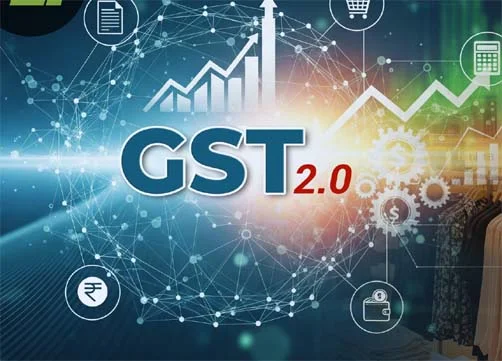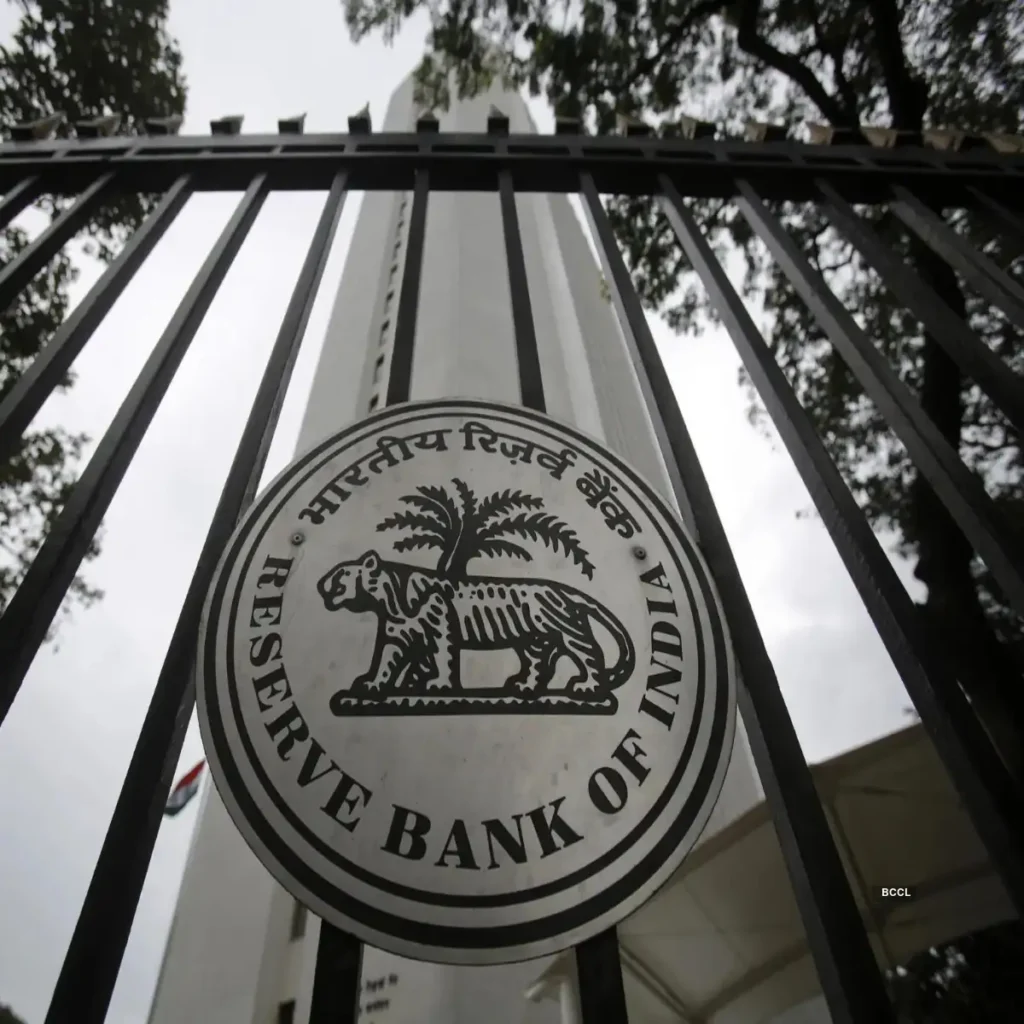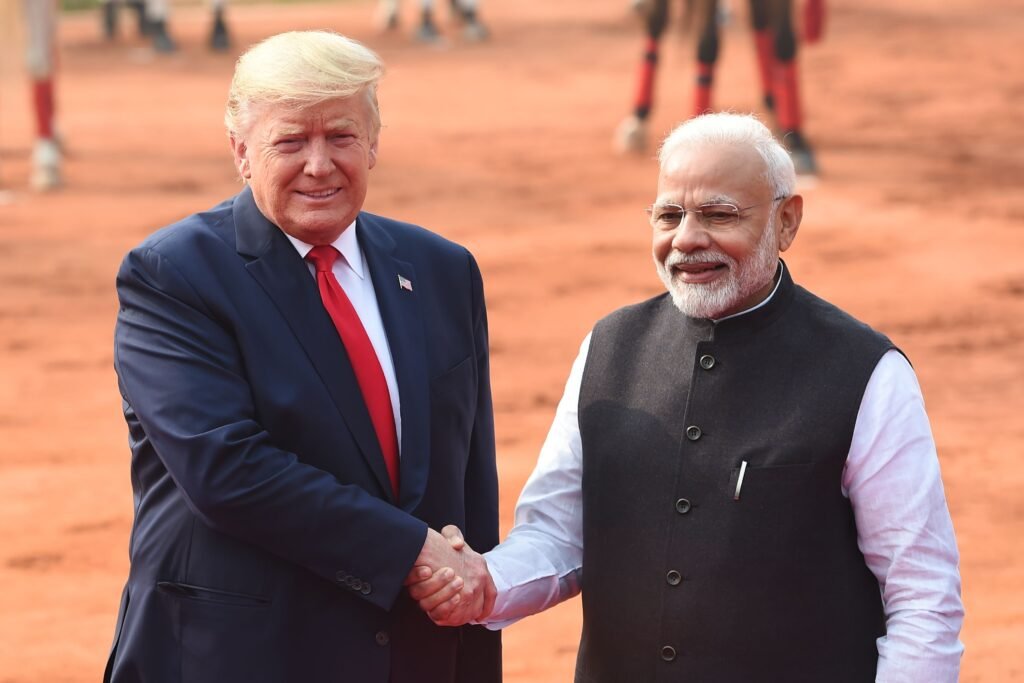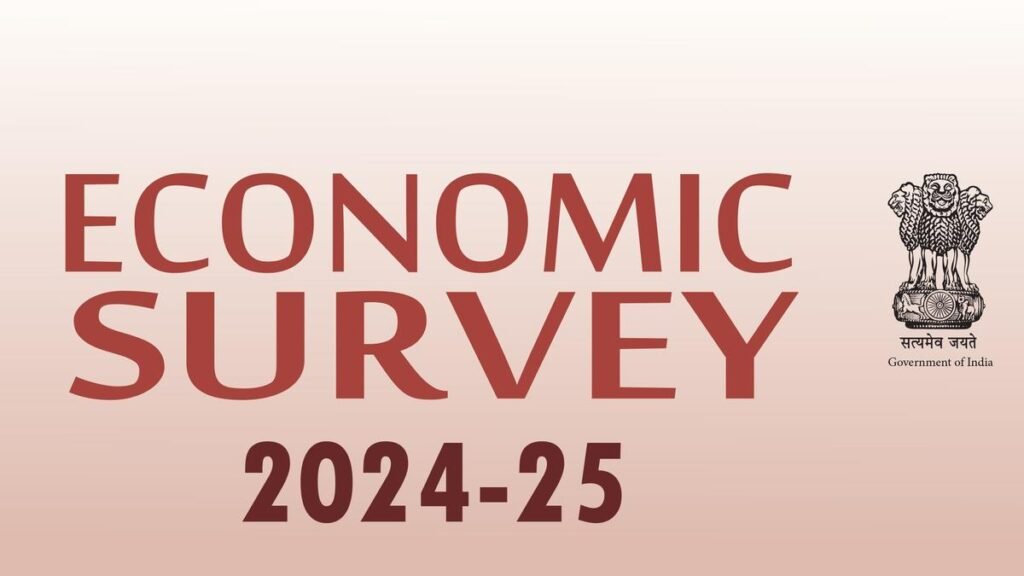In the turbulent days post the Pahalgam bloodbath, as tensions surged between India and Pakistan – culminating in the high-stakes military episode ominously christened Operation Sindoor – the spectre of a full-scale war loomed menacingly over the subcontinent. Though a precarious cessation of fire has since prevailed, the world remains haunted by a fundamental question: What might have transpired economically had the confrontation escalated into open warfare between two nuclear-armed neighbours with vastly asymmetrical economic profiles? This analytical exposition probes that hypothetical scenario, examining the potential fallout for the Indian and Pakistani economies, regional stakeholders across South Asia, and major global powers whose trade arteries crisscross the Bay of Bengal, Arabian Sea, and Indian Ocean. As of Q1 2025, India’s economic fortitude is manifest in its $4.19 trillion GDP and a commendable Real GDP growth rate of 6.2%. The Indian economy, marked by fiscal resilience and diversification, from services to pharmaceuticals and digital exports, would still, however, be far from immune to the fiscal reverberations of warfare. On the other side of the Radcliffe Line, Pakistan’s economy remains comparatively enfeebled, with a corresponding GDP hovering at $373.08 billion and a growth rate of merely 2.6%, grappling with mounting inflation, sovereign debt vulnerabilities, and a fragile external balance. In the event of an escalated conflict, preliminary estimates suggest that both nations could haemorrhage up to $18 billion daily, arising from infrastructural devastation, disrupted trade, and financial panic. A hypothetical 30-day war would thus translate into an astronomical loss exceeding $500 billion – an economic cataclysm that neither state can afford without imperilling its developmental trajectory. Moreover, currency markets would be quick to react. The Indian rupee, for instance, had already registered its most precipitous fall in over two years amid the initial skirmishes in May 2025, with financial markets recoiling in tandem (Kalra, 2025). Capital flight, downgrades by credit rating agencies, and plunging stock indices would likely follow in quick succession. Defence spending, already bloated in peacetime, would spiral to unsustainable proportions. India’s 2025-26 defence budget stands at a hefty ₹6.81 lakh crore ($80 billion), marking a 9.53% year-on-year increase. Pakistan’s corresponding outlay, estimated at $10 billion, constitutes an even more disproportionate burden relative to its GDP. A war-induced surge in defence allocations would cannibalise public spending in education, health, and rural development, imperiling the UN SDGs and social welfare metrics in both countries. Yet, the implications of such a conflict would not be confined to the immediate belligerents. The ripples of the war tide would echo across the Indian subcontinent, especially in Bangladesh, Nepal, Bhutan, and Sri Lanka, whose economies are tightly interwoven with regional trade and Indian logistics. Any prolonged disruption in Indian land and maritime connectivity could devastate smaller economies that depend heavily on Indian ports, roadways, and cross-border supply chains. Furthermore, the peril of mass displacement and refugee crises, particularly along India’s Rajasthan and Punjab borders, could place humanitarian and fiscal burdens on neighbouring states. On a broader geoeconomic canvas, the ramifications for global trade, particularly for nations like the United States, China, Japan, and European Union member states, would be deeply unsettling. The Arabian Sea, Bay of Bengal, and Indian Ocean are not mere regional waters; they are the capillaries of global commerce. Approximately 95% of India’s trade by volume and nearly 68% by value flows through these maritime routes. The dependence is no less significant for China, whose trade with Africa, Europe, and the Middle East traverses these very waters – accounting for over 95% of its westward commercial traffic. Moreover, over 80% of global maritime oil trade passes through the Indian Ocean region (IOR), amplifying the strategic centrality of this corridor. In the event of a war, shipping insurance premiums would skyrocket. Rerouting vessels to circumvent conflict zones would increase transit times and costs, disrupting everything from container traffic to crude oil shipments. Delays in global supply chains, which are already brittle from post-COVID recalibrations, would likely exacerbate inflation in key commodity markets, impacting nations far removed from South Asia. The Suez Canal and Strait of Malacca, already chokepoints of strategic anxiety, would face compounding pressure. Ergo, while the immediate dangers of a nuclear-armed confrontation are manifestly military in nature, the collateral damage would be unequivocally economic and indiscriminately global. The hypothetical conflagration between India and Pakistan would not merely stall their national aspirations but destabilise the entire Indo-Pacific economic order. It is a cautionary tale for realpolitik: in an era of interdependence, even ostensibly ‘regional’ wars possess the gravitational force to deform the global economy.










